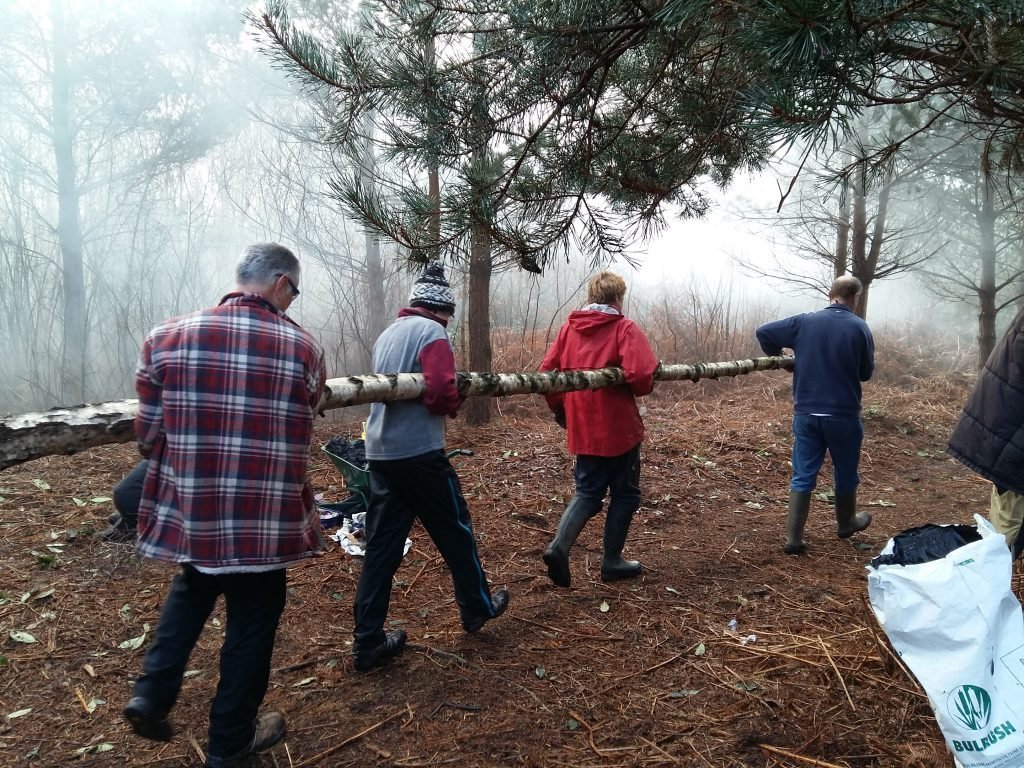Working Woodlands
Lead Partner
New Forest Land Advice Service
What has been achieved?
Flora is flourishing and attracting more wildlife at newly managed woodlands across the New Forest.
Around 40% of privately-owned woodland in the Forest is unmanaged, however, with good management, biodiversity increases and habitats become more resilient to pests, diseases and climatic change.
The New Forest Land Advice Service set out to bring 120 hectares of small, privately-owned woodland back into active management.
Selective thinning of woodlands (usually through a carefully written management plan), creates gaps in the tree canopy allowing natural regeneration of the woodland and a flourishing ground flora. This not only means the woodland is sustainable and resilient but also that it attracts wildlife.
Environmental highlights
- Rhododendron coverage has been reduced by 74% across the project woodlands.
- A woodland in Walhampton was recently cleared of rhododendron,15 species of birds were recorded in 2017. A repeat survey in 2019 recorded 10 additional individual species, a huge increase possibly linked to the clearance of rhododendron.
- Woodland specialists Barbastelle and Bechstein’s bats have been recorded.
Social highlights
- Volunteers have made a significant contribution to the project, carrying out management work to improve 45 hectares of woodland across 11 sites. They have contributed a total of 4,348 hours of work, including tasks such as clearing rhododendron and coppicing.
- Woodlands are ideal places for learning and increasing overall wellbeing, however, some groups find access to nature a challenge. Private woodlands can offer less restrictions and a variety of groups have benefited from access to private woodlands, including Above and Beyond, a charity which trained ex-military personnel in basic chainsaw skills.
Economic highlights
- Nearly 800 tonnes of timber was felled and extracted from 10 sites, specifically to enhance nature and sustainability in the woodlands.
- Through project funding, the sale of nearly 550 tonnes of timber generated £11,500.
- Over the past two years, relationships with contractors, timber businesses and wood fuel suppliers have grown in strength, providing a cost-neutral or, in some cases, profitable way for landowners to manage their woodlands.
- Seven coppices within four woodlands have been restored, totalling around 10,000m2. The result is cut hazel, which is used to install deer protection fencing, further saving on costs.
Project officer Gemma Stride said: ‘Working Woodlands has improved the connection between land, communities and local economy. The project has fostered a feeling of achieving together and consolidated relationships, knowledge and understanding.
‘It has created a sense of place, enriching people’s lives in local communities and, crucially, it has enhanced these woodlands for wildlife and given them a more biodiverse future.’
 Legacy
Legacy
In the long term, the New Forest Land Advice Service will continue to work with woodland owners after the project ends to encourage best practice management and help find funding to support it.
Contact details


